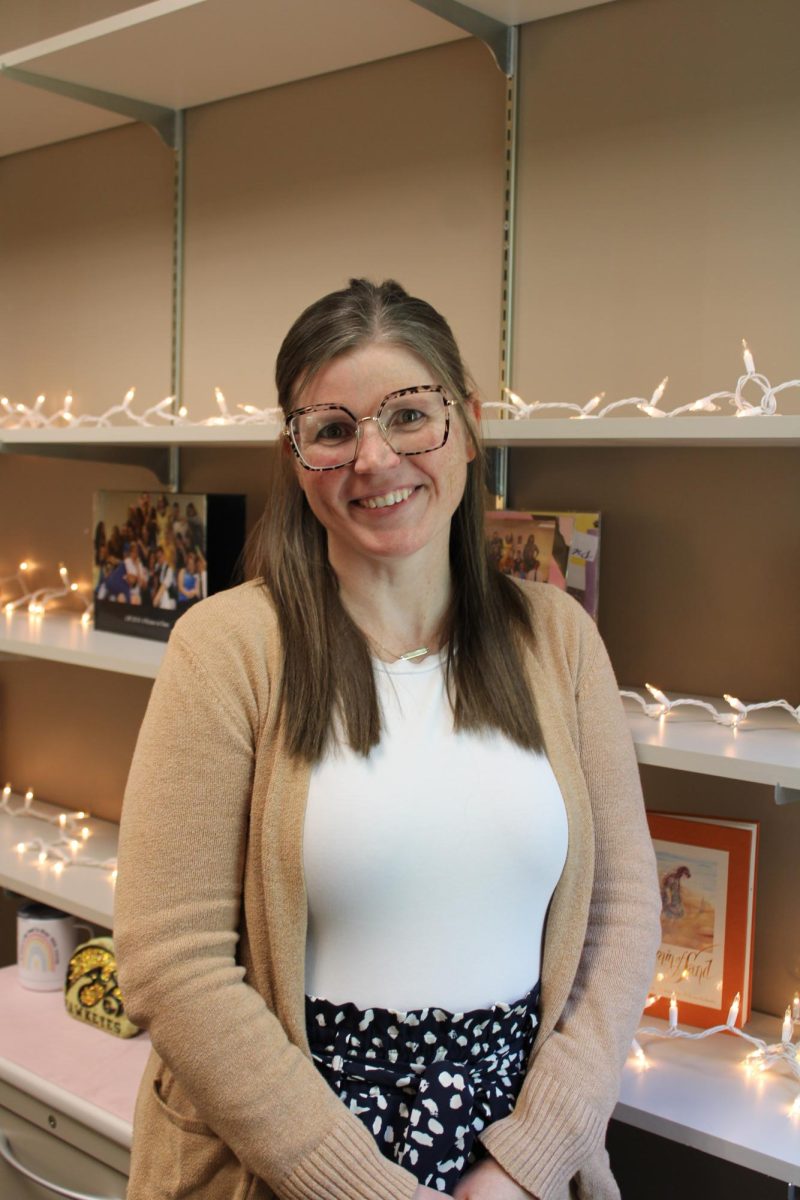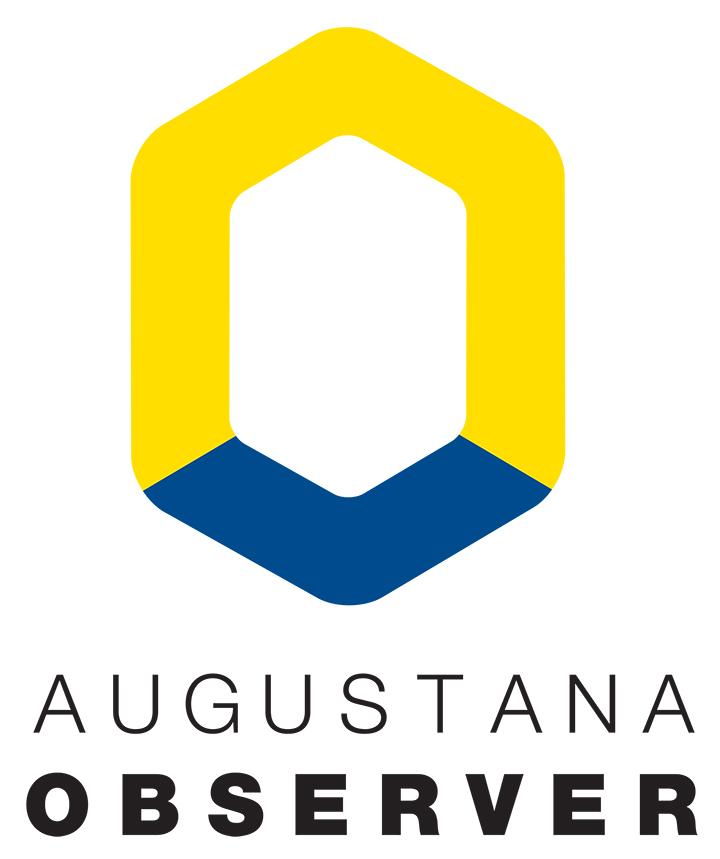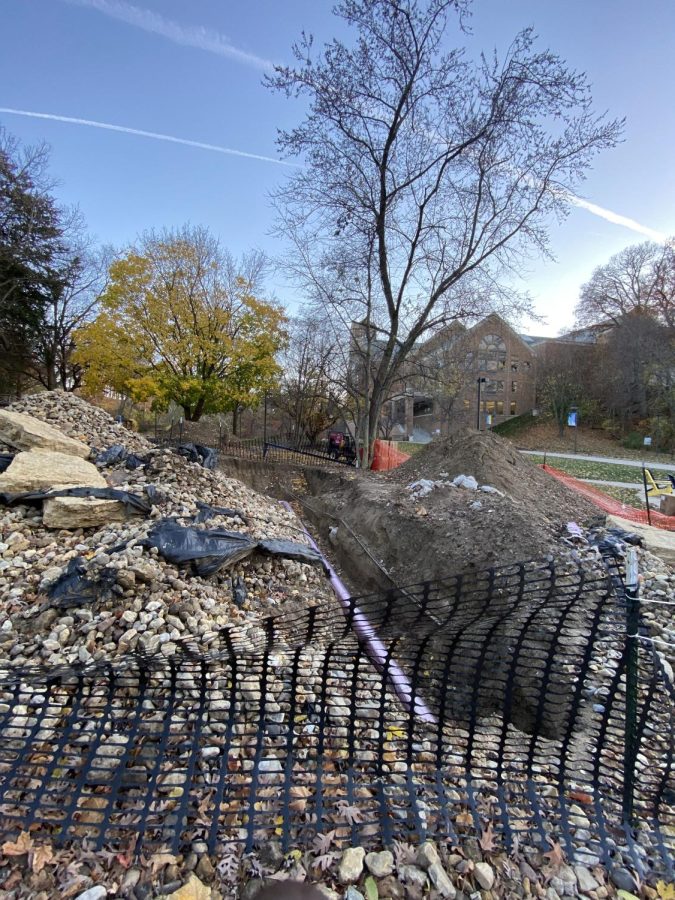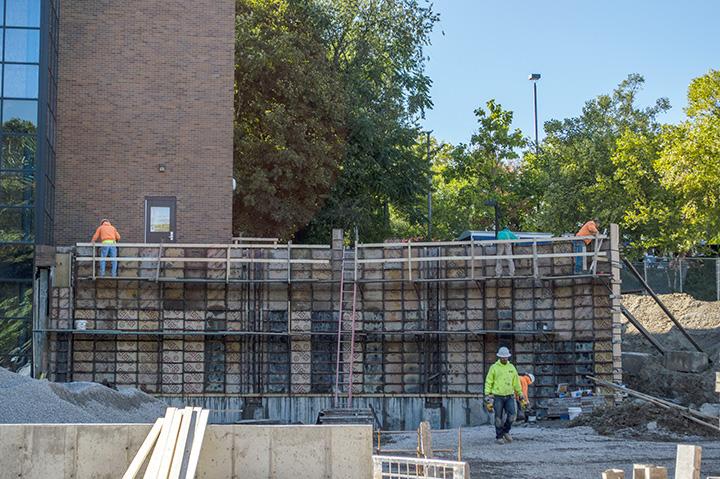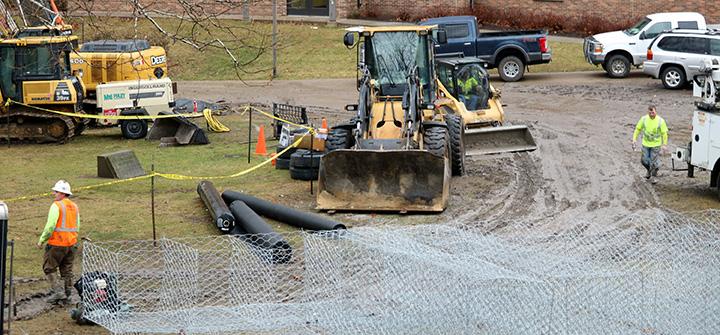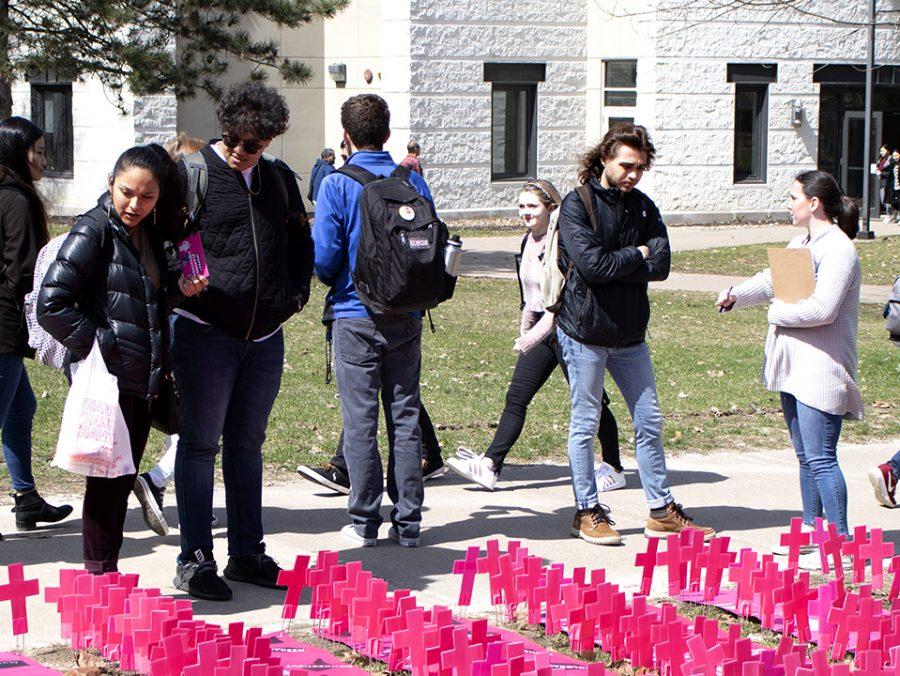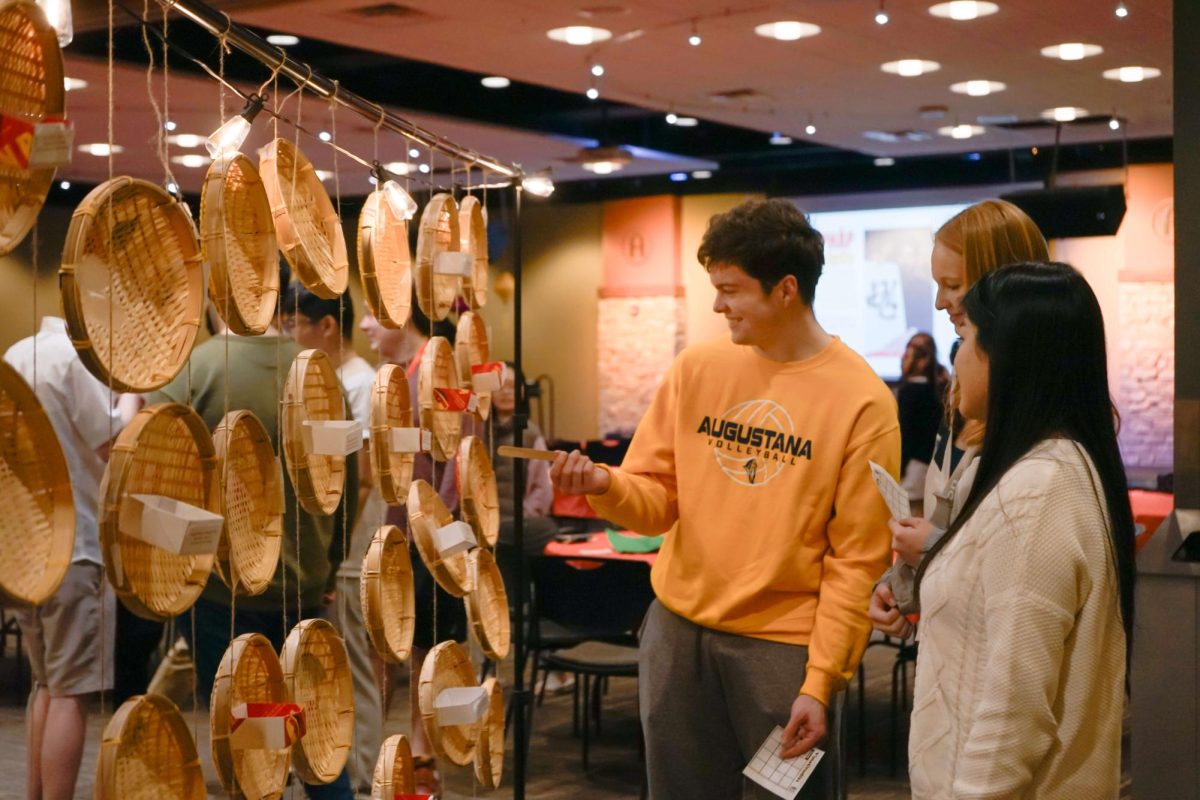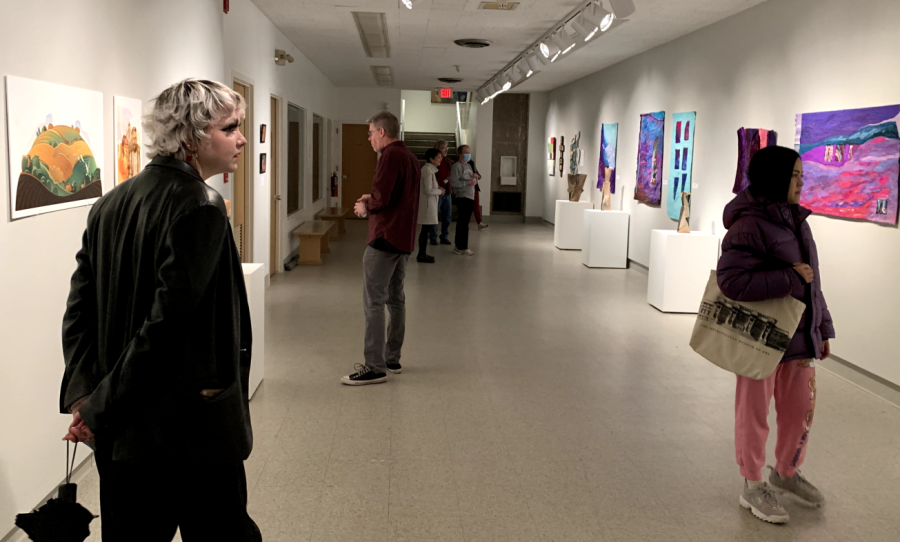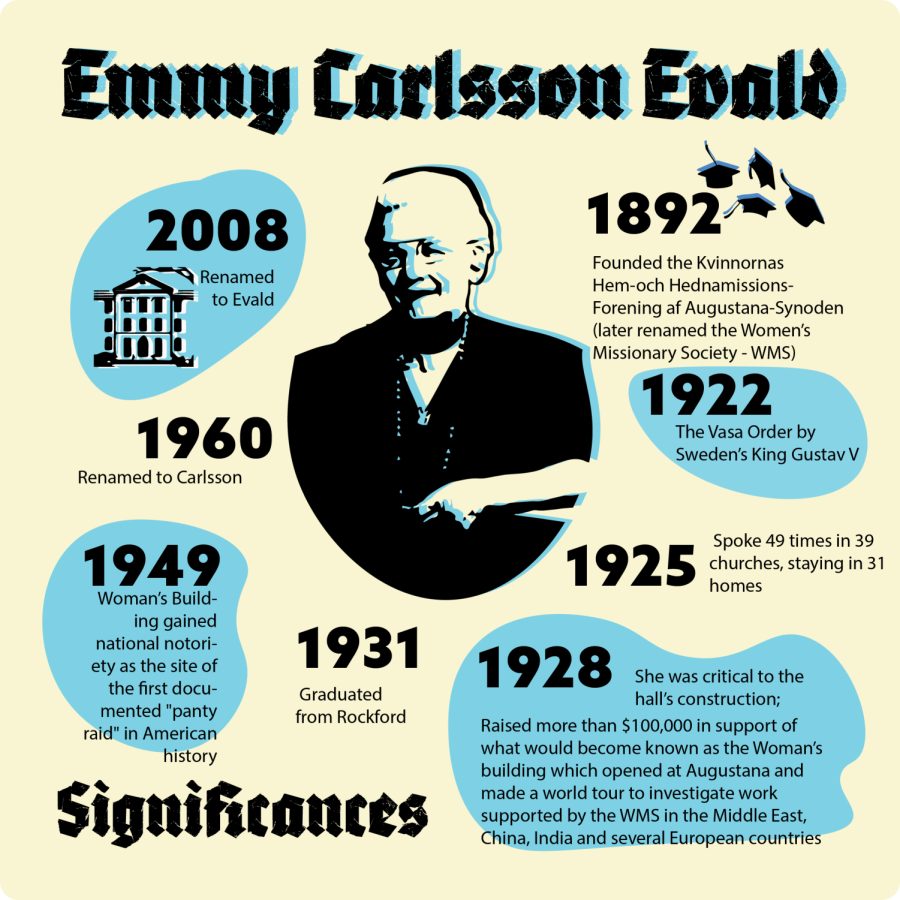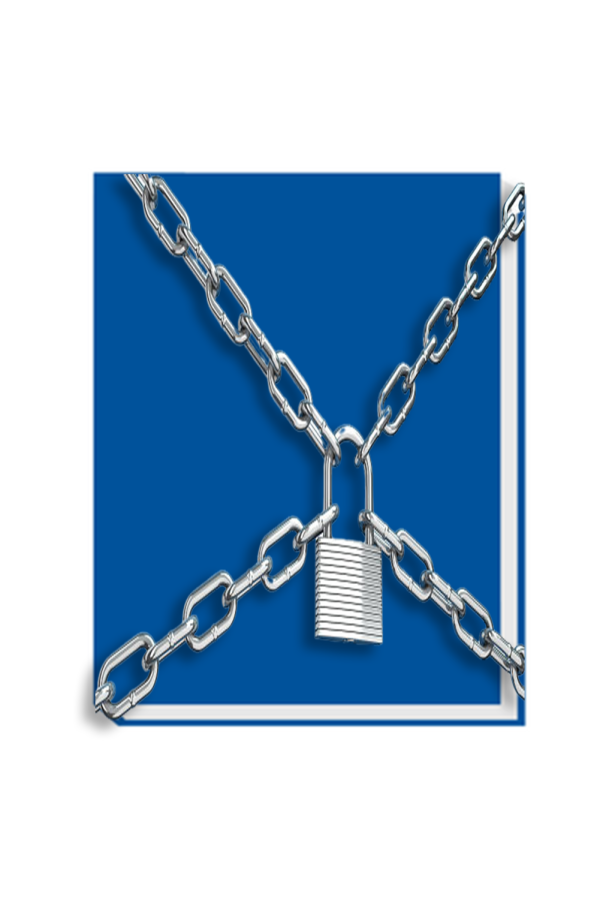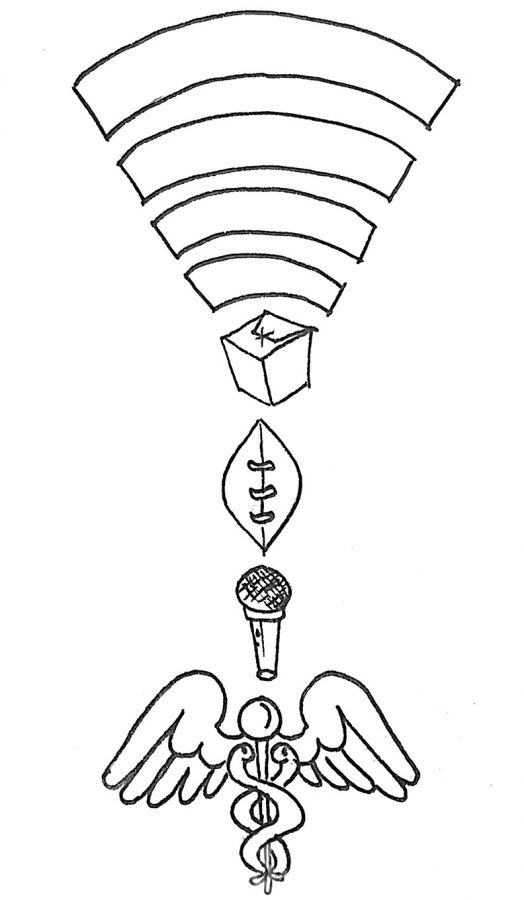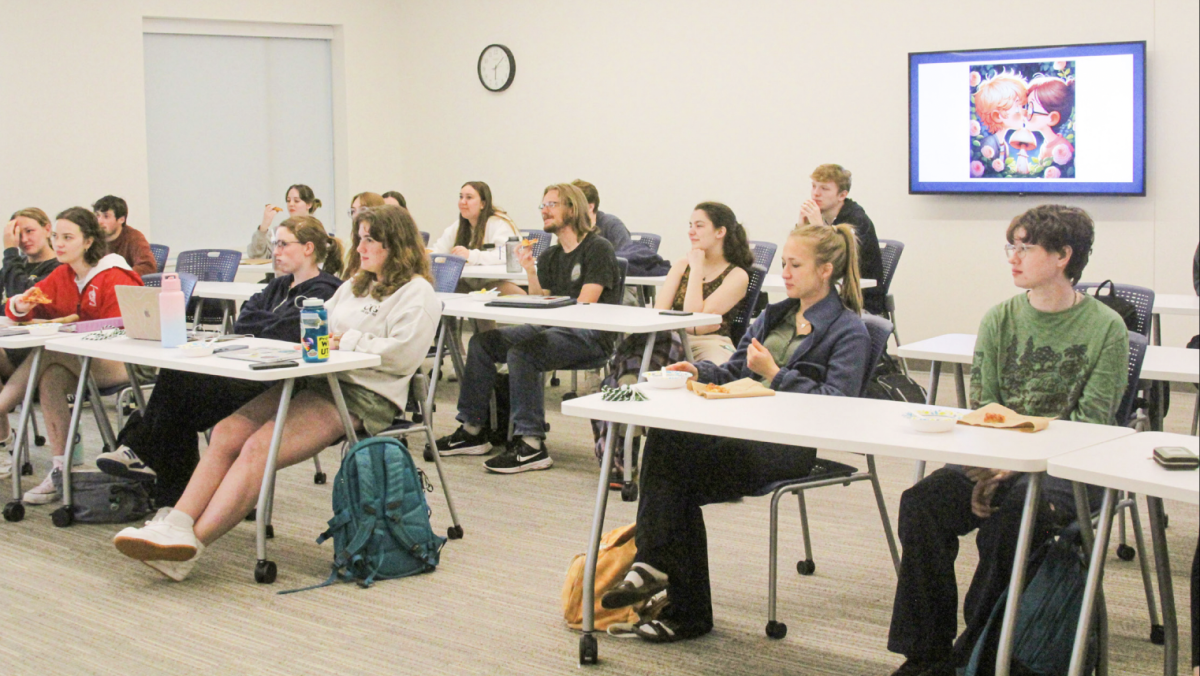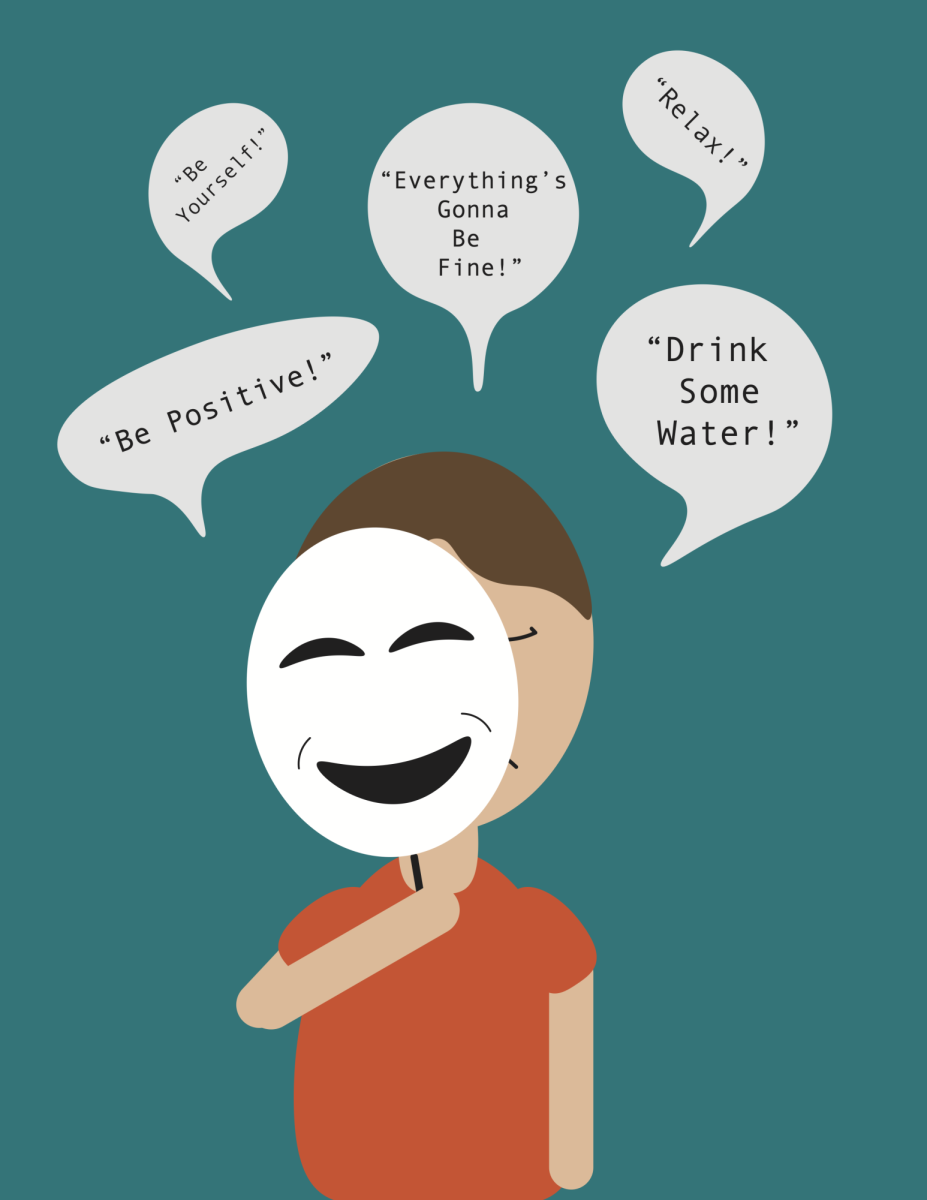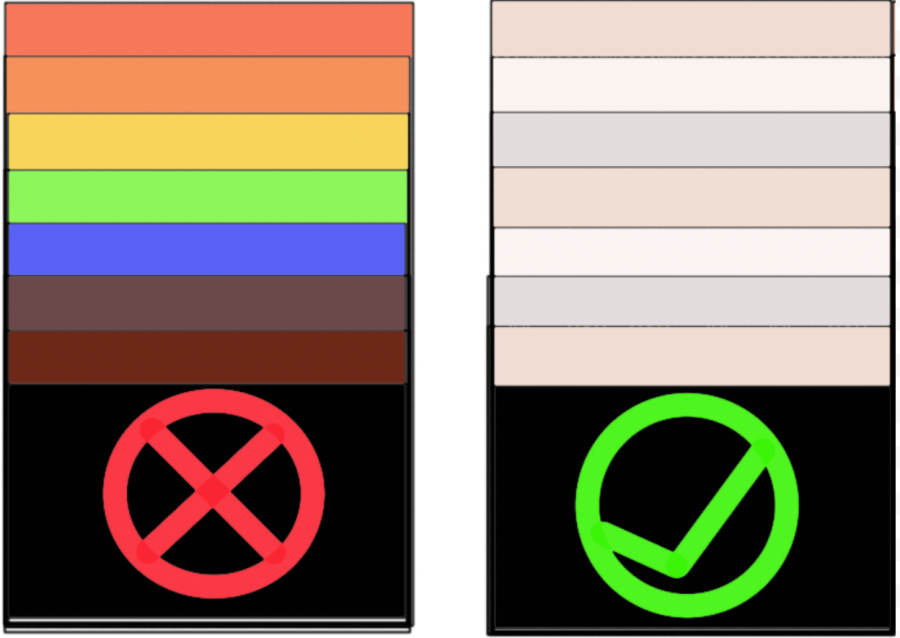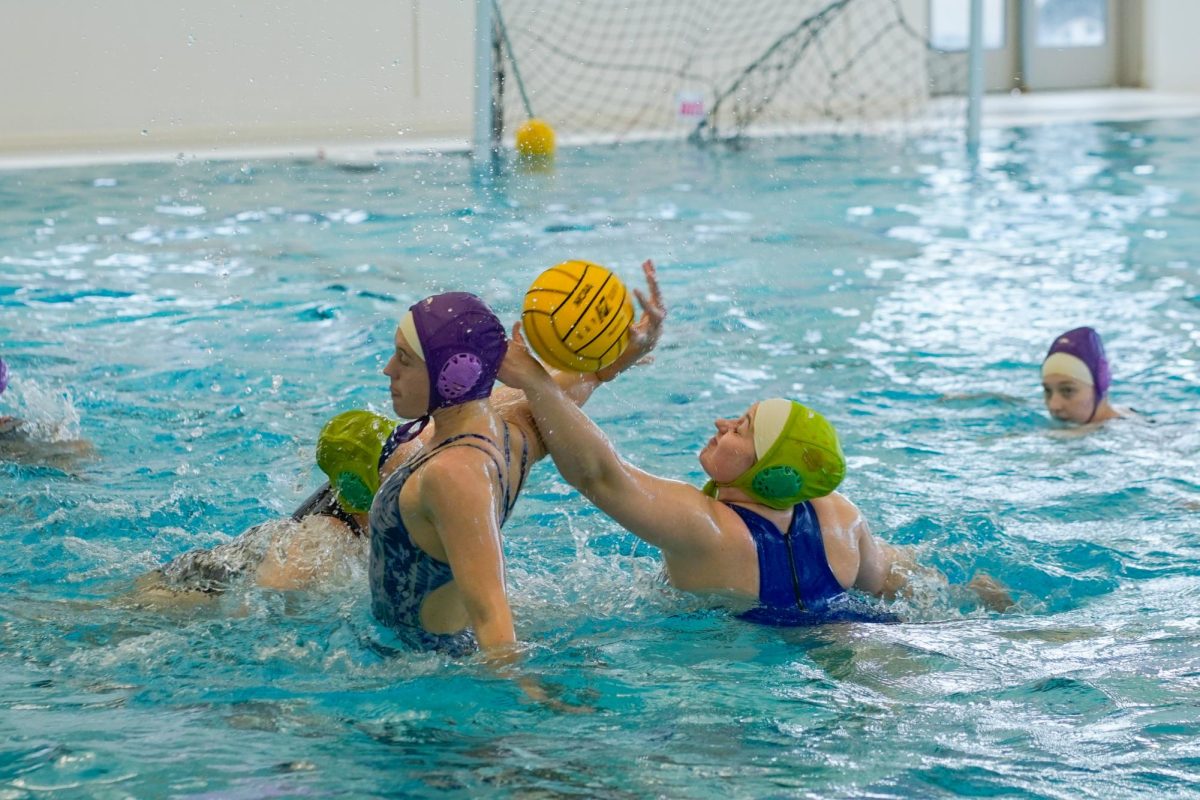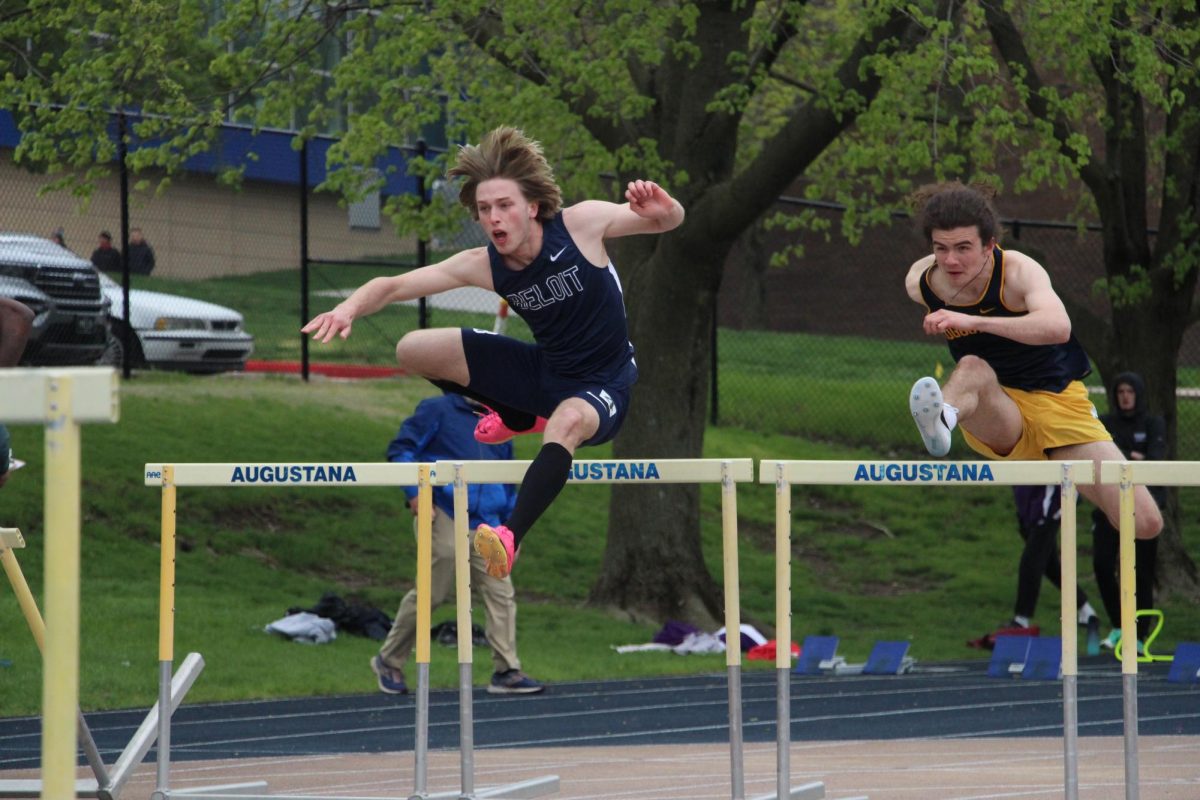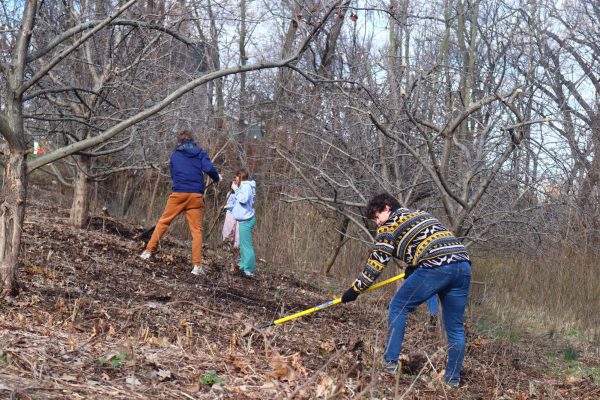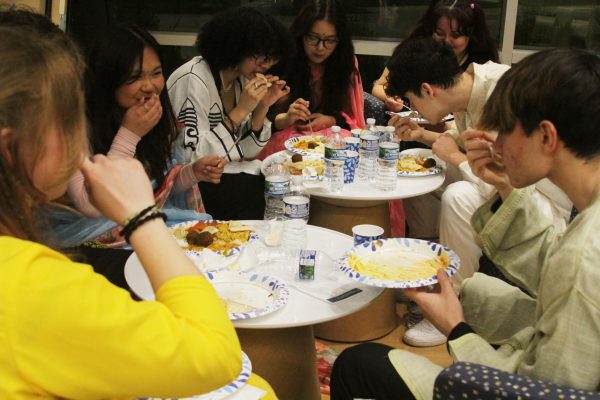Moving into campus culture
October 11, 2021
The past few years have changed the idea of school in most of the world. Is it a physical space? All Augustana students returning to campus this fall is a welcomed change after last year’s hybrid learning. The changing circumstances of the past year has seen Augustana Vikings overcome new challenges and created unique experiences for students who experienced school in different ways. The situation is especially unique for a group of sophomores who spent their entire first year online and are now experiencing life on campus.
This select group of sophomores are introduced to the inner workings of campus culture along with first years this fall. These sophomores have had a year of academic introduction but are just now able to fully embrace the social aspect of Augustana.
“Campus culture has affected my life as a student in a positive way. I love seeing everyone and getting to see my friends everyday,” sophomore Rachel Thomaschefsky said.
Previously remote sophomores are now able to be involved on campus and socialize. “I like being around people. I’m a social butterfly, and especially with COVID-19 you couldn’t really talk to your neighbors or see what people were up to or hang out outside of class,” sophomore Elizabeth Sloan said.
Besides being able to form connections with classmates and meet people that they’ve known only through a screen, some students believe that coming back to campus has had a positive effect on their learning. Being able to interact with peers and professors in person is fully appreciated by these sophomores after a year without, especially after the internet challenges and communication barriers that came with remote learning.
“Being on campus and having in person classes makes it a lot easier to pay attention and be involved in class to actively learn,” sophomore Braeden Clements said.
Learning comes in many forms, and may extend outside of the material a class offers. This can be through relationships formed, clubs and recreational activities and even simply being around others and hearing them speak.
International student Hung Tran has also found that being on campus is helping him learn more English, something he missed last year while remote.
“Normally in my country I learn English through commercials and the media acting. Then I came here and there are different kinds of people so they have different accents,” Tran said.
Although coming to campus is a welcomed step back into normality, some great things were lost from remote learning. There was a comfort in being at home for classes and not having to worry about walking to a classroom on time. For some students, getting up and looking presentable every day can put pressure on them, especially with the stressful workload of a first-year transitioning out of high school. Some students managed to find small comforts to help cope with this stress.
“I didn’t have to go far to attend class ─I could just lay in bed,” Clements said.
Previously, remote students appreciated having a personal space to learn, whether it was their bed or an office, despite the lost social ties that resulted from being off campus.
“Every once in a while, I would wake up, and as a remote student, if I knew it was a lecture day I wouldn’t even get out of bed. I would just put the lecture on my phone,” Sloan said.
Although students might miss being able to sleep in later before their first class, coming back into the social sphere of seeing classmates and sitting down in front of professors, even if just to take an in person paper test, is like welcoming back an old friend.
Students can now politely chat before classes and grab coffee together before studying. They can work together on projects more easily and gain feedback in person in order to help each other through difficult ruts in their work.
All of these small things offer students a sense of belonging and normalcy after two years of constant stress about what the new normal is. Having all students back on campus, milling around in the quad and chatting throughout the Gerber Center, has shown us all that things are starting to come back to normal.
